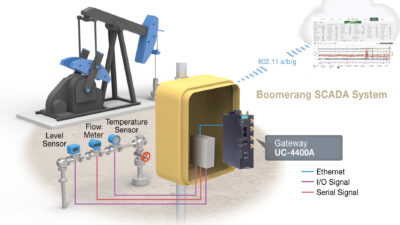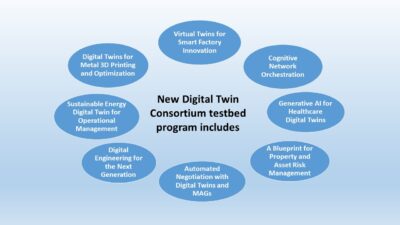Digital twins are being used to achieve process design and operational performance improvements for manufacturers.

Digital twin insights
- Digital twins should offer accurate digital representations of physical assets, processes, and control systems and offer actionable insights.
- Digital twins are also useful as tools for transient engineering studies, procedure development and more.
- Digital twins also can be used to transform real-time data into key performance indicators (KPI) for different metrics.
The term digital twin is being used widely and has a variety of interpretations. For the process industry, digital twins should offer accurate digital representations of physical assets, processes, and the control and automation systems that transform data into actionable insights. They should provide analysis and decision-making capabilities throughout the project or plant lifecycle.
Digital twins encompass first principle-based process simulation, data-driven ML models, asset models and connections to real-world data synchronized from multiple sources including operational data, engineering data, maintenance data and financial information.
Digital twins can have applications across verticals servicing upstream and midstream oil and gas, LNG, refining, petrochemicals, MMM (metals, mining and minerals) and the emerging sustainability segments. They can deliver value through the entire plant lifecycle across design, commissioning and start-up, and operation and sustainment by reducing the time taken for design, improving operational productivity, agility and reliability, and cutting down operational costs.
Process digital twins have been key tools for process industries for decades. To date, the use in initial opportunity analysis and technology selection phase and the front-end engineering design (FEED) phase is well accepted and executed for most projects. The design of a process is, typically, modeled in a steady-state model to review varying process design and configuration options. Users can then select a favorable design basis and support the development of process flow diagrams, heat & material balance, engineering studies and selection and sizing of key process equipment.
Dynamic simulation-based digital twins form the foundation of training programs that include first-principle process models and replication of control and safety configurations and human-machine interface (HMI). This approach can provide a safe, repeatable and interactive environment for operators to “learn by doing.”
In addition to the primary application of operator training, dynamic simulation-based digital twins are also useful as tools for transient engineering studies, procedure development, control and safety system testing, validation, and delivering a safe start-up and commissioning. Dynamic simulation can serve a multitude of uses during the execution of the project, and so, the term multi-purpose dynamic simulation (MPDS) has found its way into the process industry.
Turning process data into KPIs
During the operation and sustainment phase, plant digital twins can be used to transform real-time data into key performance indicators (KPI) such as catalyst activities, compressor efficiency and heat transfer coefficients. These can be used for performance monitoring, can detect early performance deterioration enabling preventive maintenance, identify constraints, and run what-if analysis for informed decision making.
Digital twins are enablers of end-to-end optimization and autonomous operations by generating LP vectors for planning and scheduling tools. They can also provide important gains/constraints updates for APC applications so APC can accurately handle non-linear processes. They can also be used to generate synthetic data for developing AI/ML models.
Digital twins have been successful during the design phase, but a rapidly emerging area with wider applications is in the long operation and sustainment phase. Challenges of digital twin applications in this phase include smooth model conversion from the design phase to operation phase, continuous model performance monitoring and maintenance as the plant operation evolves and new data become available. Other challenges include compatibility with other software solutions, and fast model execution for processing real-time data.
These challenges can be overcome by leveraging a simulation platform that has both steady state and dynamic modeling under the same environment. This modeling can allow easy transition between modes, equations-oriented modeling for robustness and speed, and extensible capability. The extensibility enables end users to develop and deploy specific and proprietary modeling apps from simple to complex models without the need for specialized programming skills.
End users can enable the smooth integration of models and data and interoperability with third-party technologies including standard and reusable asset models. Cloud-hosted deployment can enhance data streaming and accessibility for remote cross-functional collaboration. AI/ML hybrid models and reduced-order models are options to develop a fit-for-purpose model for faster model execution and manageable model maintenance.
– This originally appeared on Control Engineering Europe’s website. Edited by Chris Vavra, web content manager, Control Engineering, CFE Media and Technology, [email protected].



